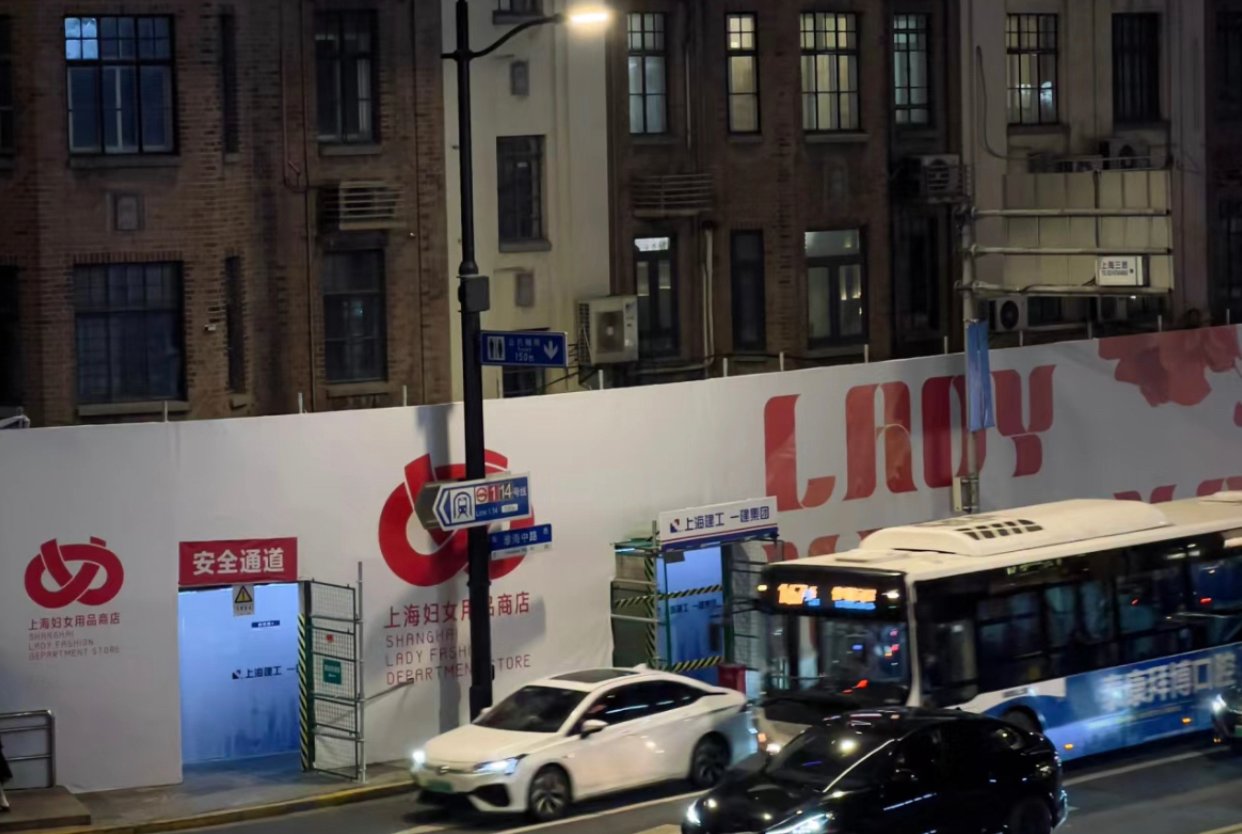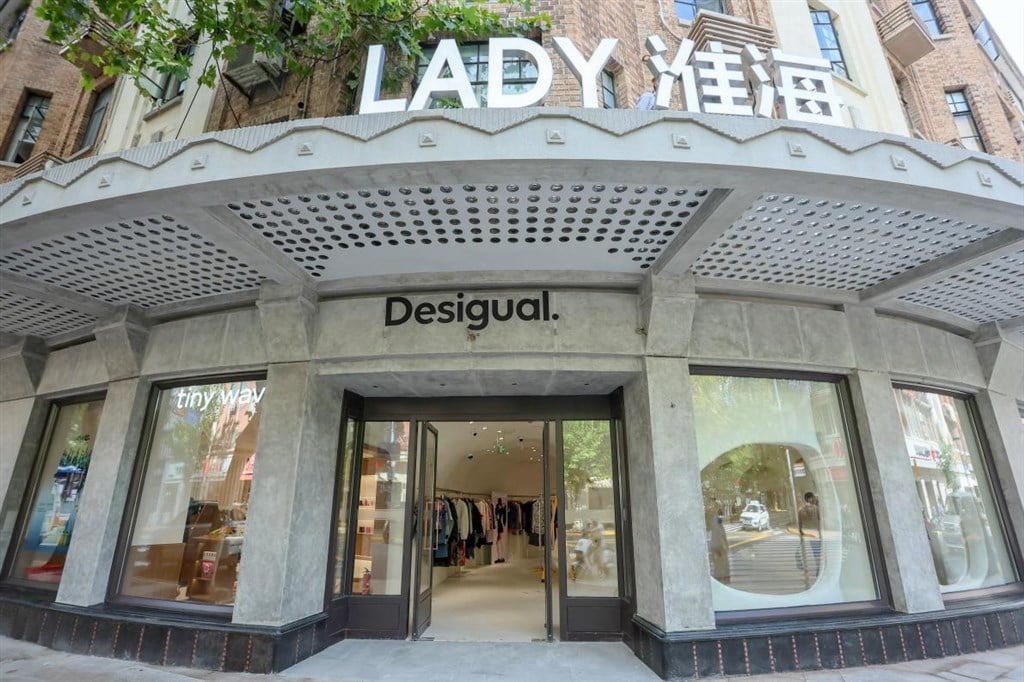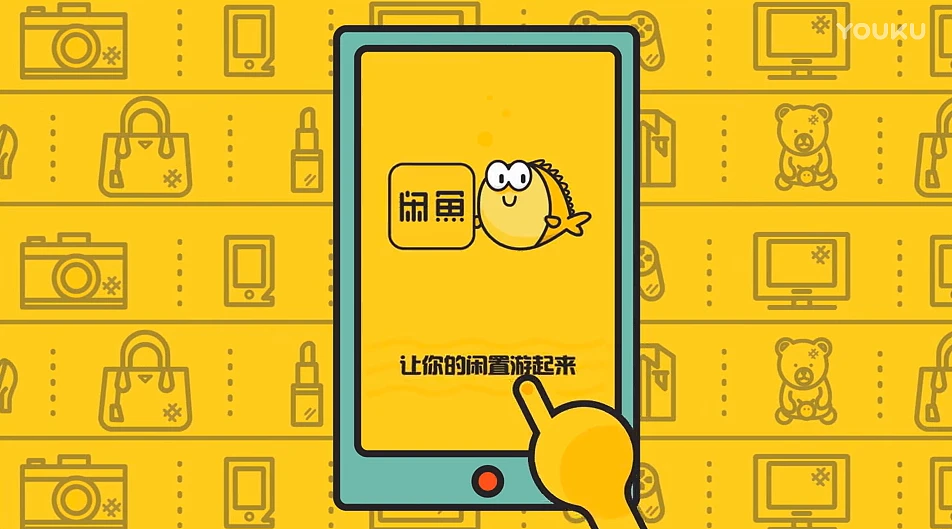Shanghai Lady Fashion Department Store, a landmark in the city’s retail landscape, reopened last month with a new look. The department store first opened in 1956, housed in a building completed in 1930. While visitors have flocked to the renovated establishment, some of its most dedicated customers aren’t totally satisfied with the makeover.
The most significant change is the business’s name. Previously known as Shanghai Lady Fashion Department Store (上海妇女用品商店 Shànghǎi fùnǚ yòngpǐn shāngdiàn), its new name is the Chinese-English hybrid, “Lady淮海” (Lady Huáihǎi). The new moniker reflects its location on Huaihai Road, a bustling commercial hub. In recent years, other newly opened or renovated malls on Huaihai Road have adopted “Huaihai” in their names to emphasize their local brand identity, for example HAI550, which opened in August.
However, the name change has been criticized by some visitors, especially older local patrons who were loyal customers of the Shanghai Lady Fashion Department Store for decades.

Shanghai Lady Fashion Department Store was more than just a place to go shopping: it is part of the city’s culture, and was a symbol of modernity and sophistication from the 1950s through to the 1990s, when brick and mortar retail boomed in Shanghai and the department store arguably reached the peak of its popularity.
In the past, it was common for young couples to visit Huaihai Road, where women would shop inside the building while men waited outside, chatting and smoking. This phenomenon was described with the saying “women go inside, men wait outside” (女同志往里厢轧,男同志立外头等 nǚ tóngzhì wǎng lǐ xiāng zhà, nán tóngzhì lì wàitou děng).
Though the department store’s original name already contained “Lady” in its English translation, the Chinese term used, 妇女 (fùnǚ), more directly translates as “women” and carries feminist connotations. In contrast, for some netizens, the direct use of “Lady” in the new name suggests a more restrictive version of femininity shaped by the male gaze.
Beyond the name change, the new merchandise inside the department store has sparked further criticism. Although the store’s primary customer base remains its older regulars, now mostly over 50, the mall now features several young, trendy brands. In an incident recounted by Shanghai media company Xinmin Evening News, one middle-aged woman asked a sales assistant why they were now selling men’s clothes in a store traditionally meant for women. The sales assistant explained the concept of unisex fashion, but the customer couldn’t grasp the idea.
Additionally, prices for a piece of clothing can now range from 600 to 3,000 RMB, making them unaffordable for many older shoppers. And while opening a café is usually a sure bet for Chinese malls and department stores, apparently one auntie has complained that the aroma from Lady Huaihai’s four cafés is too strong for her to handle.

As such, Lady Huaihai hasn’t received the warmest welcome yet. However, its efforts to attract new customers are worth noting. Even before the renovation, the department store showed an awareness of the potential of mixed-use spaces, for example staging an art exhibition in the building’s windows. Now plans are afoot to turn these same windows into backdrops for livestreams promoting beauty products. But whether or not Lady Huaihai can attract new customers — while retaining the trust of its old ones — remains to be seen.
Banner image via The Paper.
















